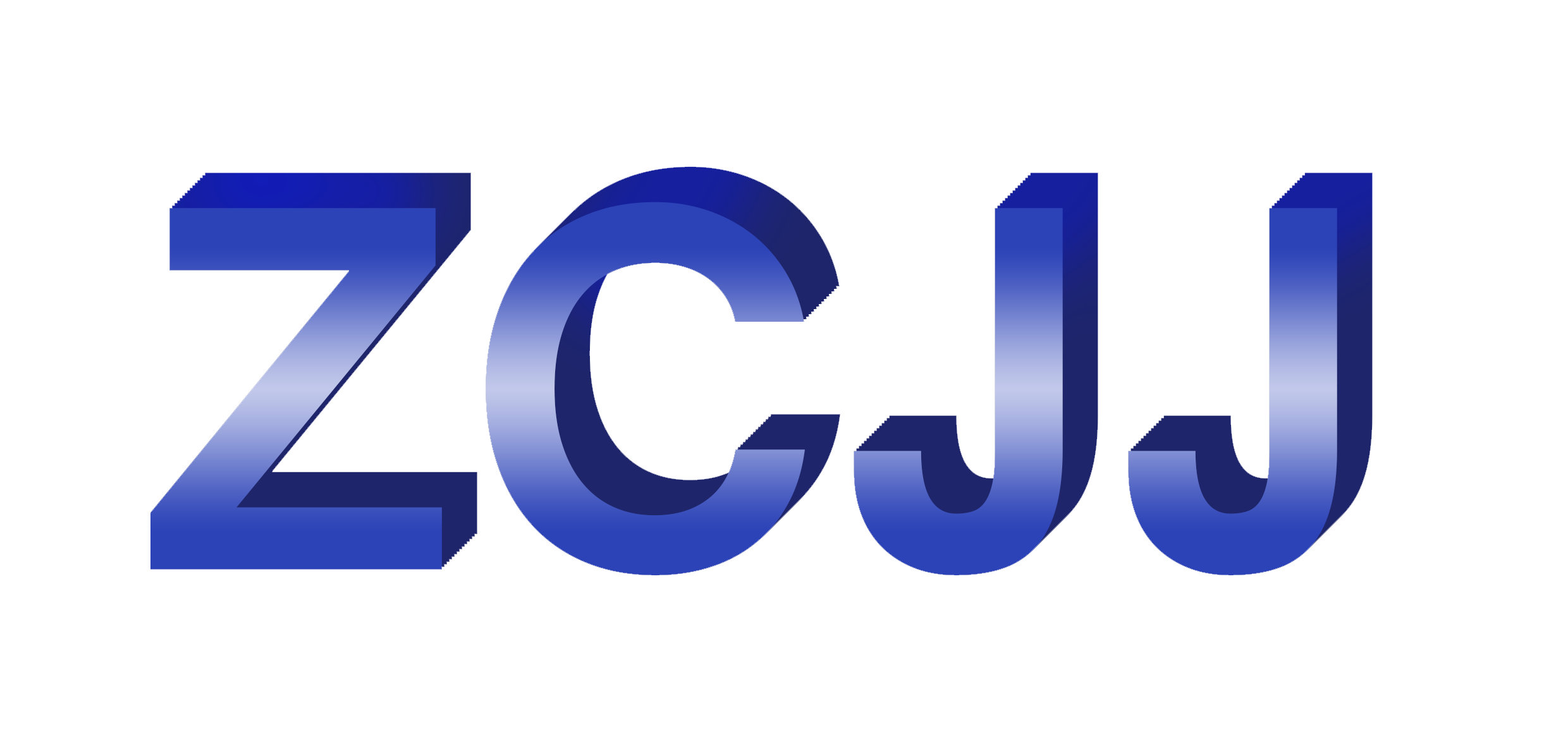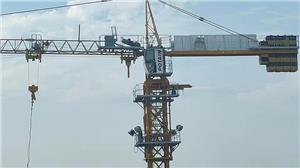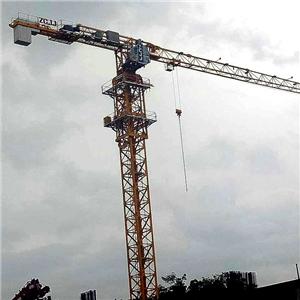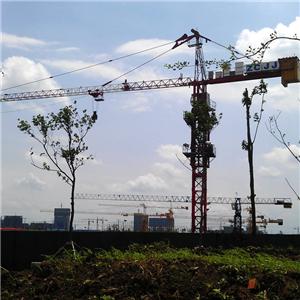Introduce some common defects of Tower crane hoist
Modern building construction puts forward higher requirements for tower lifting quality and technical level. Tower lifting equipment and tower lifting accessories also face many problems.
In this paper, the safety problems caused by the quality defects of Tower hoist are discussed, and some common problems of Tower hoist defects are introduced below.
Support seat defects
Defect 1: Inreliable fixed mode of support seat
In a tower rise accident, due to the tear of the tower's claw-bearing support base and the welded bottom plate of the sleeve, the claw was turned upside down, and the overhead sleeve lost its support, resulting in an accident in which the tower frame and the upper structure overturned.
The reason is that the support plate thickness of the accident tower machine is 25mm, while the thickness of the welding floor is only 8mm, and the strength of the welding floor is insufficient.
Defect 2: Poor welding quality of support seat
If the weld size is too small, the strength of the welded joint is reduced; Weld size is too large, will increase welding stress and deformation.
The welding surplus is too high, causing stress concentration and weakening the working performance of the structure. Welding crack is a more dangerous welding defect. It is the origin of fracture of welding structure and is very harmful. In addition, support seat welding is also easy to produce burr defects.
II. Climbing Claw Defects
Defect 1: Low strength and no large safety reserve
In fact, this kind of defect often appears in the manufacturing stage of the tower machine, arbitrarily reducing the original design standard requirements.
The small part suggests that the climbing claw is the most critical load-bearing structure in the lifting process of the tower. Fracture often causes major safety accidents in the tower crane. The time safety factor should be increased to ensure that a large safety margin is retained during use.
Defect 2: The material is not qualified, Climbing claw brittle break
Fragmentation is often caused by the beginning of the expansion of the material defect for the fracture source. This macroscopic crack source can come from: process defects, such as the failure to eliminate the inhomogeneity on the aging steel tissue of the martensite during rolling, resulting in fine cracks.
Due to the improper structure design, the local structure stress is excessively concentrated and cracks are generated. Fatigue or stress corrosion cracks occur during use; This type of crack often expands under stress far below the yield limit and leads to sudden fracture.




